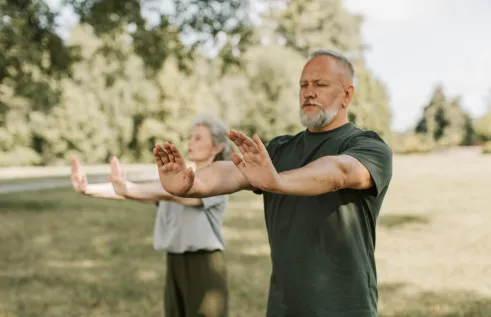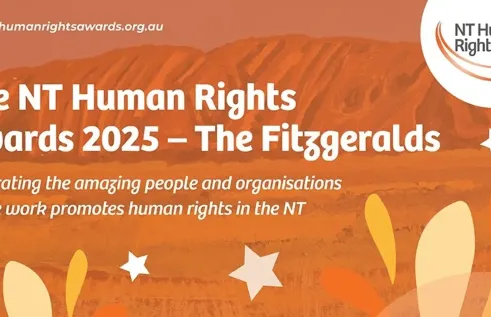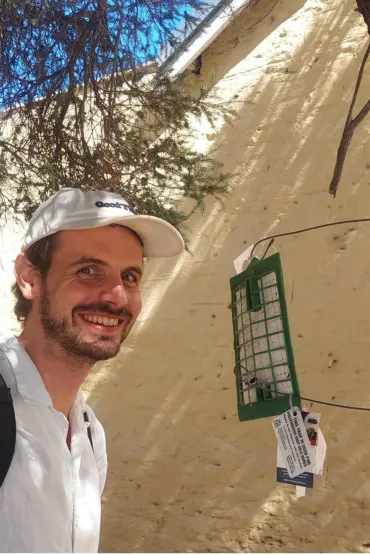RIEL seminar series
Boring beetles and super models: mapping the distribution of a new invader
| Presenter | Dr Andrew Coates | |
|---|---|---|
| Date/Time |
to
|
|
| Contact person | E: RIEL.outreach@cdu.edu.au | |
| Location |
Yellow 1 level 1 room 33 at CDU Casuarina Campus And online via Zoom (see below for Zoom link) All times are ACST |
|
| Open to | Public | |
Dr Andrew Coates is a research associate in the Population Biology and Genomics group at Curtin University, Western Australia.
The polyphagous shot-hole borer (PSHB) is a tiny beetle with a mouthful of a name, but it’s been making headlines as a new invasive species in Australia. PSHB was first detected in Perth three years ago and has since devastated trees across the city. There are concerns about what its further spread could mean for urban, agricultural and natural environments.
In the seminar ‘Boring beetles and super models: mapping the distribution of a new invader’, Andrew will give an overview of this new invader, its fascinating biology, its legacy of colonisation and destruction, and the research efforts to combat its spread.
In particular, Andrew will discuss his current research, which draws upon his experience in pest population modelling. Distribution models are valuable tools for predicting how invasive species spread across a novel landscape. This knowledge can be used to inform decisions on how to deploy monitoring and control efforts most effectively.
Andrew’s research interests bring together parasitology, invasion dynamics, population modelling and evolutionary biology. Study systems include house geckos, salmon lice and fungus-farming beetles, which all bring up questions about how humans influence ecological processes.
He is also an adjunct research associate at Charles Darwin University.
Related Events

Yang-style 24-form Tai Chi
The Confucius Institute welcomes you to join our Yang-style 24-form Tai Chi workshop sessions every Saturday from 9 am - 10.30 am, starting 04 October till 6 December.
Read more about Yang-style 24-form Tai Chi
Chinese ethnic dance for children
Join our Chinese ethnic dance classes for children, which will teach the children to dance with graceful arm movements, vivid facial expressions and lively rhythms. The classes run every Saturday at 5 pm - 6 pm, from 11 October - 13 December.
Read more about Chinese ethnic dance for children
NT Human Rights Awards 2025
Join us to help us honour those who uphold human rights in meaningful ways across every part of the diverse Northern Territory.
Read more about NT Human Rights Awards 2025
